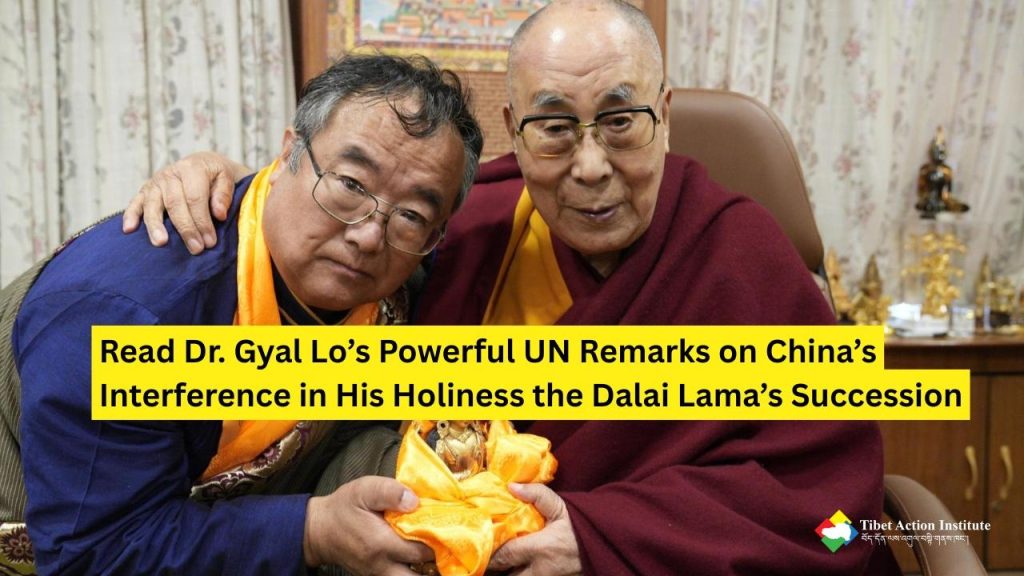The Power of the Powerless: Public Participation Campaigns
Usually people think of activist campaigns as demands for something: we organize and build pressure in order to get a politician, a company director, or someone else to do what we want. But there is another kind of campaign where victory is not dependent on an outside decisionmaker.
 These campaigns are self-oriented and succeed when a certain number of people participate: participation is not only the means but also the goal of the campaign. This type of campaign can be won without having to get an opponent to do what you want.
These campaigns are self-oriented and succeed when a certain number of people participate: participation is not only the means but also the goal of the campaign. This type of campaign can be won without having to get an opponent to do what you want.
This type of campaign is especially important in situations where there is a very high level of repression, or when there is a huge difference in power between the people trying to change something and the authorities in charge.
In these contexts, calls for change can easily be suppressed by force, and it might be impossible at first to build up enough power to convince or compel a power holder to change their mind.
Public Participation campaigns can:
- – Raise consciousness and build unity and confidence among your people
- – Decrease the control your opponent has over people’s everyday life
- – Win small or medium-scale victories that pave the way to achieving larger goals in the future
The Tibetan Fur Burning Campaign of 2006 is an example of a Public Participation campaign: it ended in victory just because it attracted a certain number of participants. Across Tibet, people pledged to stop wearing furs of endangered animals. They gave up their valuable pelts and burned them in community bonfires to symbolize their commitment.
Without the agreement of any government officials—and often despite their opposition—Tibetans achieved two goals: they helped protect animals at risk of becoming extinct, and they publicly demonstrated their loyalty to the Dalai Lama. Through the campaign, Tibetans also showed the collective power they have when they choose to act—even under repression.
The key thing that sets this type of campaign apart is that winning depends on your action, not on an opponent’s action. Public Participation campaigns can be won without the cooperation or concession of a hostile target. Instead, they rely on changing the behavior of people around you, targeting people who the campaign organizers can influence, like your friends, family, or community members.
It is this quality that makes them one of the most practical and powerful forms of resistance in highly repressed places.




